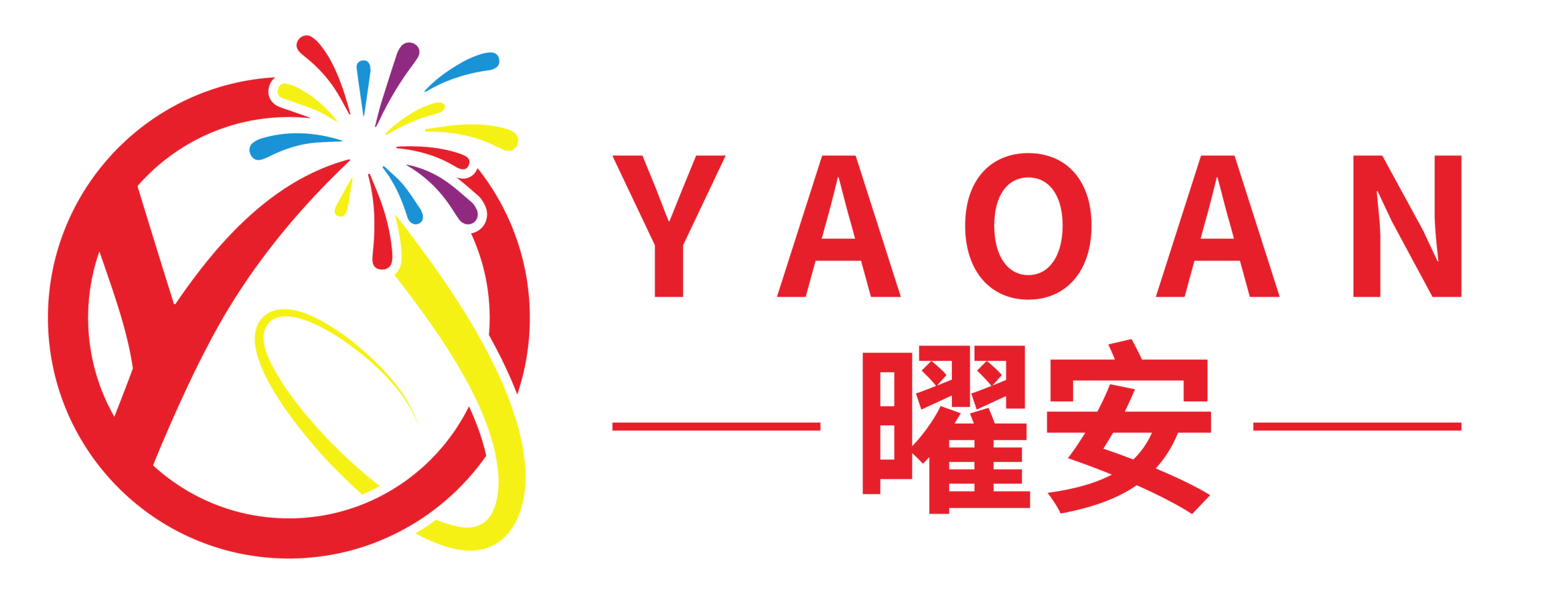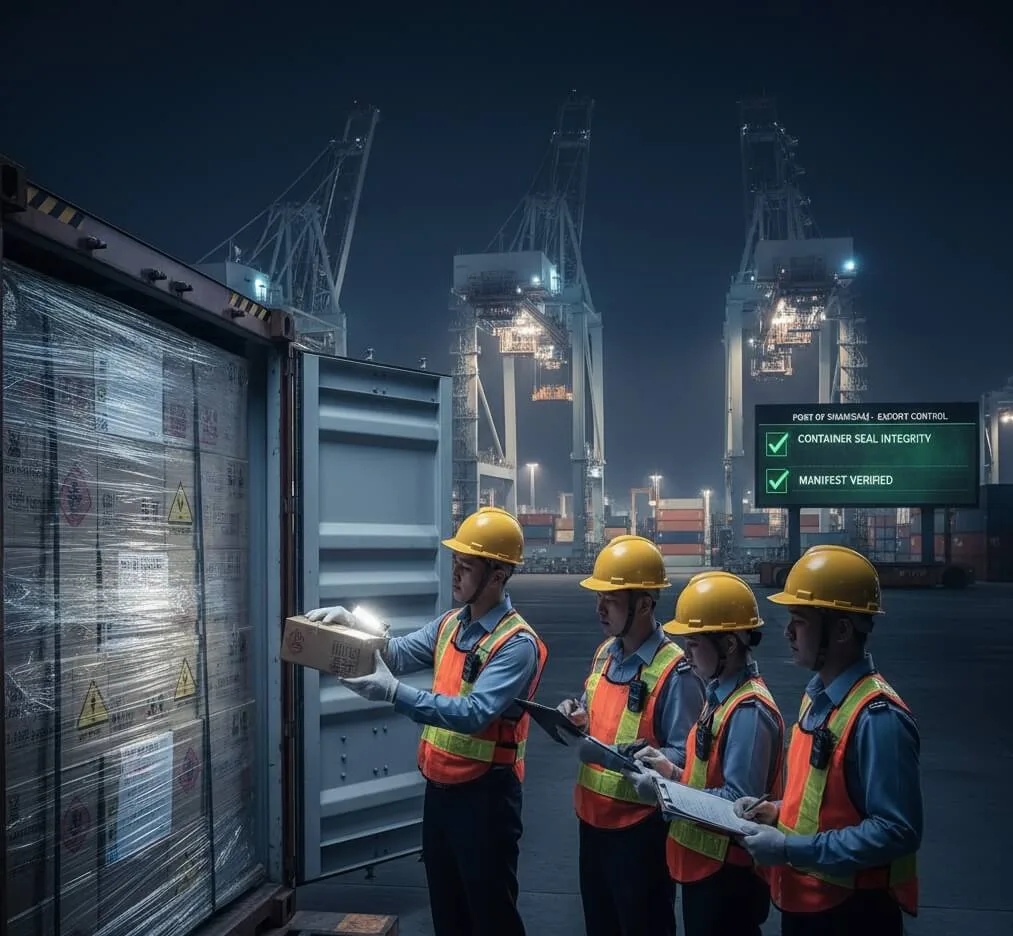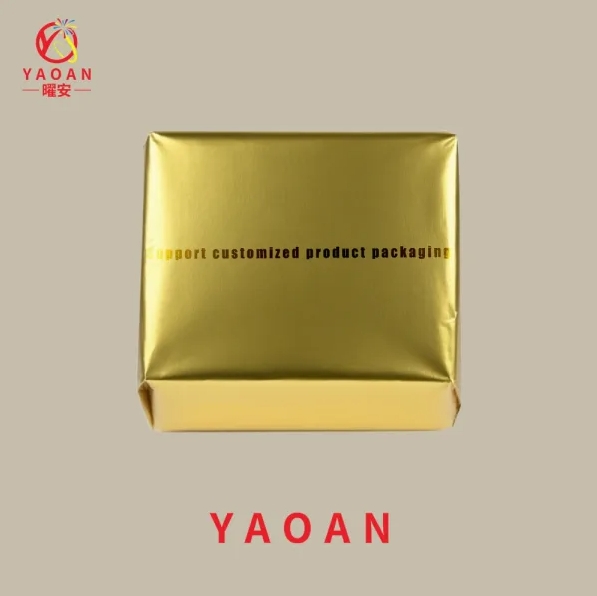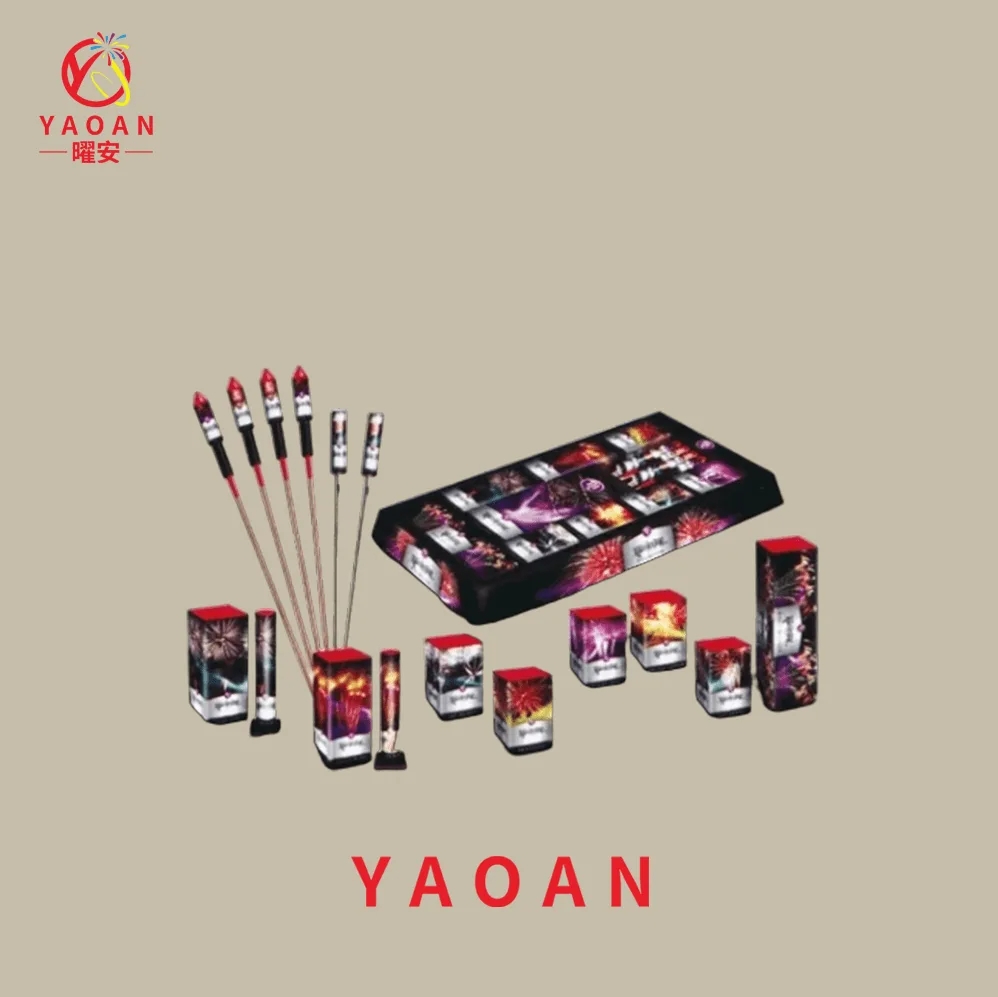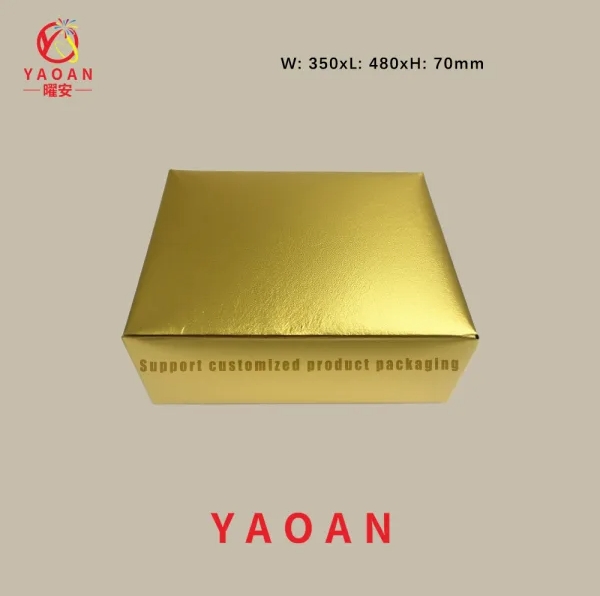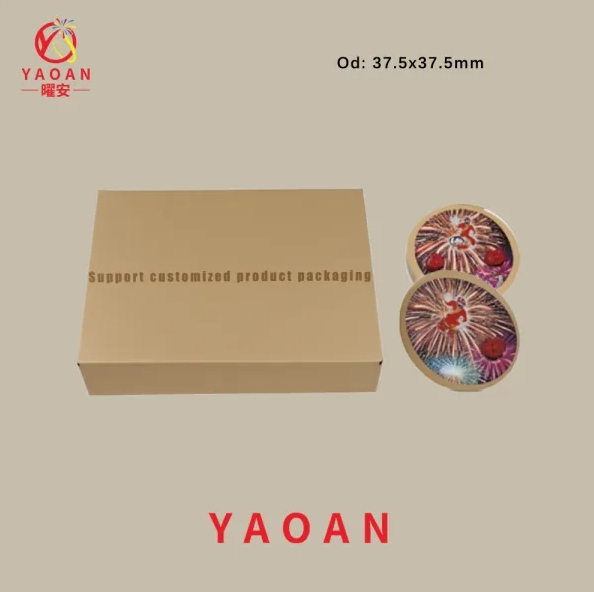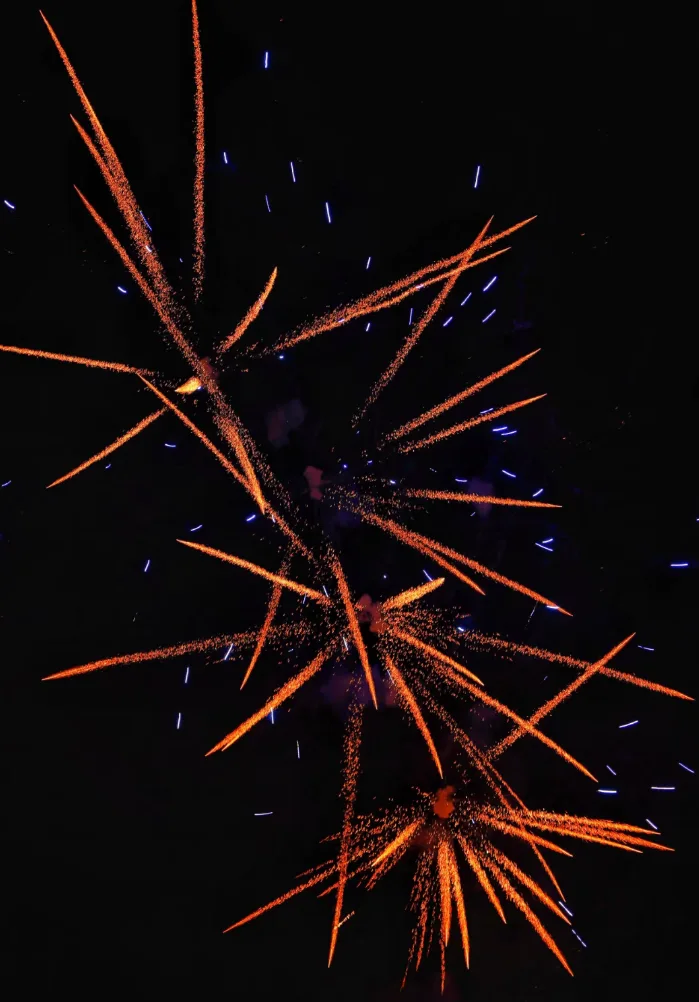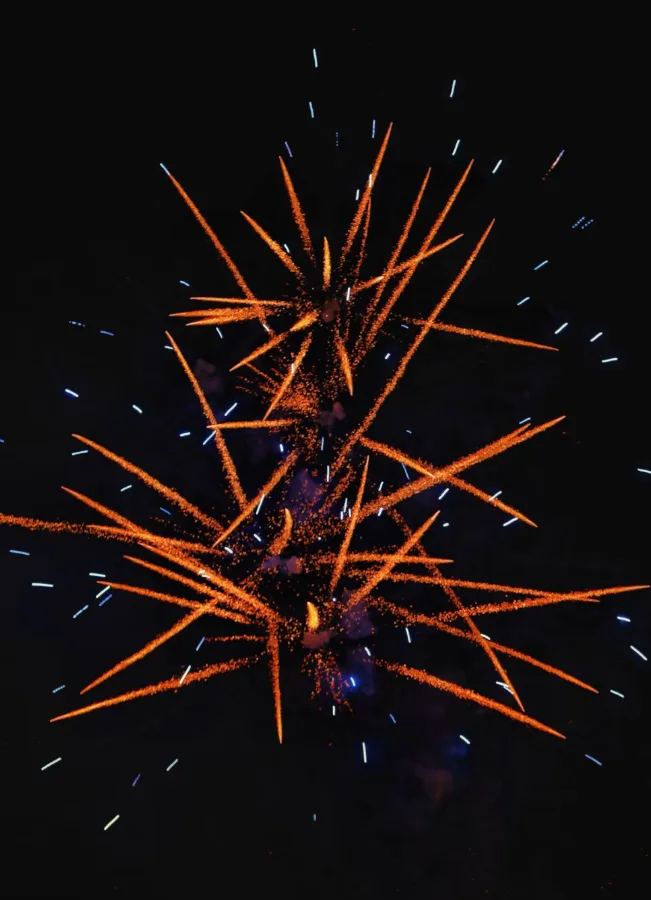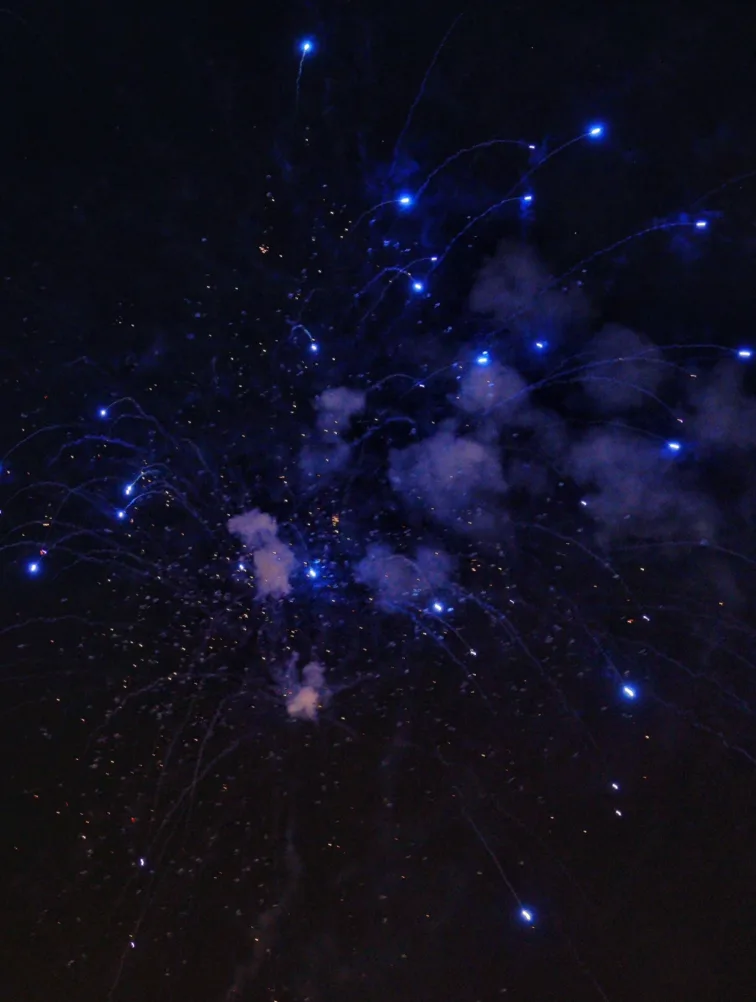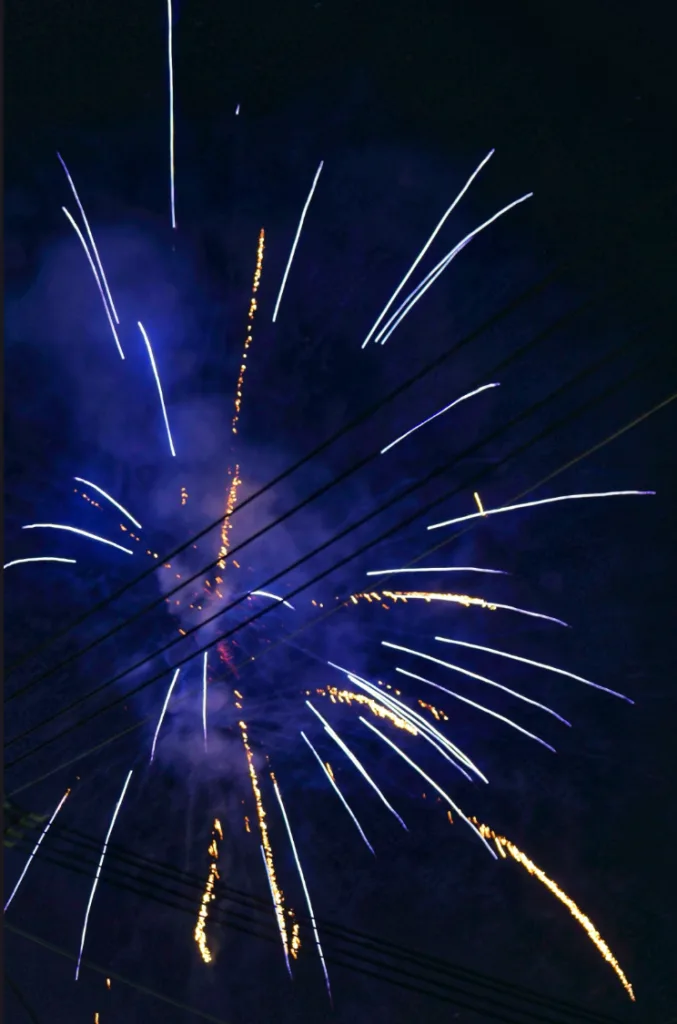China as the world's largest producer of fireworks, supplies vast quantities of pyrotechnic products globally each year. However, as special goods, the international trade of fireworks is far from a simple buying and selling process. Exporting to major markets like Europe, the Middle East, and the United States requires strict adherence to a complex and precise set of regulations, certifications, and logistical demands. This article will detail the specific compliance requirements and operational essentials for China's fireworks exports to these regions, aiming to provide clear guidance for industry participants.
European Market: The Dual Challenge of CE Certification and REACH Regulation
The European Union (EU) imposes very strict regulations on the import and distribution of fireworks to ensure product safety and environmental protection.
CE Certification (Conformité Européenne): This is a mandatory requirement for market entry into the EU. All fireworks exported to Europe (Classes F1 to F4) must obtain CE certification. This means products must comply with the EU Pyrotechnic Articles Directive (Directive 2013/29/EU) and undergo testing and assessment by a designated Notified Body. This includes a comprehensive check of the fireworks' construction, chemical composition, firing effects, noise levels, and labeling information.
REACH Regulation (Registration, Evaluation, Authorisation and Restriction of Chemicals): Although fireworks are special goods, their internal chemical components must still comply with relevant REACH regulations, particularly regarding restrictions on certain hazardous substances.
Transport and Storage (ADR/RID): Road transport of fireworks within Europe must comply with ADR (European Agreement concerning the International Carriage of Dangerous Goods by Road) regulations, and rail transport with RID (Regulations concerning the International Carriage of Dangerous Goods by Rail). This requires packaging, marking, and vehicles to meet dangerous goods transport standards.
Product Identification and Traceability: Packaging must clearly display the CE mark, product category (F1-F4), safety instructions, manufacturer/importer information, and batch numbers for traceability.
Importer's Responsibility: European importers bear the ultimate responsibility for ensuring product compliance, including maintaining technical documentation and conducting market surveillance.
Middle Eastern Market: GCC Standards and Local Permits Take Priority
The Middle East, especially the Gulf Cooperation Council (GCC) countries, implements highly centralized and controlled policies for the import and use of fireworks. This largely focuses on national security and large-scale public events.
GCC Standardization: Fireworks exported to the Middle East, particularly to countries like the UAE and Saudi Arabia, may need to comply with standards set by relevant GCC national standardization organizations (e.g., ESMA in the UAE). While not as universal as CE certification, some countries will have localized requirements for product safety, performance, and labeling.
Import Permits and Approvals: This is the most critical aspect in the Middle Eastern market. All fireworks (including Class F4 professional display fireworks) require strict prior approval and special permits from national security departments or ministries of interior for import. Personal and unauthorized company imports are strictly prohibited.
Customs Clearance and Storage: Upon arrival at port, goods must undergo rigorous customs inspection. Professional fireworks storage facilities must meet the highest local safety standards for dangerous goods storage and are subject to regular inspections.
Professional Use Only: Most GCC countries strictly prohibit public discharge of fireworks. Therefore, almost all exported fireworks are Class F4 professional products, used for large public displays organized by the government or approved professional companies. Exporters must collaborate with licensed importers.
U.S. Market: An Interplay of DOT, CPSC, and State Regulations
The U.S. regulatory system for fireworks is particularly complex, involving multiple regulations at both federal and state levels.
DOT Classification and Transport (Hazardous Materials Regulations): All fireworks exported to the U.S. must first be classified by the U.S. Department of Transportation (DOT) and assigned a corresponding UN Number (e.g., UN0335 for 1.3G, UN0336 for 1.4G) and hazard class. Transport must comply with DOT's hazardous materials transport regulations, including packaging, labeling, loading, and documentation (e.g., dangerous goods manifest).
CPSC Standards (Consumer Product Safety Commission): For consumer fireworks (Class 1.4G), the U.S. Consumer Product Safety Commission (CPSC) sets strict safety standards. Exported 1.4G fireworks must meet CPSC construction and performance requirements, such as fuse burn time, flammability, and explosive weight limits. The CPSC has the authority to recall non-compliant products.
State and Local Regulations: This is the biggest challenge in the U.S. market. Each state and local government has its own regulations regarding the types of fireworks permitted for sale and discharge (subcategories within 1.4G, such as whether aerial fireworks are allowed). For example, some states only permit the sale of fountains and sparklers, while others allow all 1.4G products. Exporters must ensure their products comply with the specific regulations of the final selling state.
ATF Licensing (Bureau of Alcohol, Tobacco, Firearms and Explosives): For display fireworks (Class 1.3G), federal licenses from the Bureau of Alcohol, Tobacco, Firearms and Explosives (ATF) are required for purchase, storage, and use. Exporters must partner with ATF-licensed importers.
Product Labeling: Must include clear English warning labels, usage instructions, and manufacturer information, compliant with CPSC and DOT requirements.
Strategies for Chinese Exporters
Facing such a complex global regulatory environment, Chinese fireworks exporters need to:
Product Customization: Produce and certify products according to the specific regulations and demands of different markets.
Supply Chain Compliance: Ensure every step from production to packaging and loading adheres to the dangerous goods transport and product safety standards of the target market.
Professional Collaboration: Establish close working relationships with international logistics companies, testing and certification bodies, and local importers who understand the target market's regulations and possess the necessary licenses.
Continuous Regulatory Monitoring: International regulations can change at any time, making it crucial to stay informed and adjust production and export strategies accordingly.
By strictly adhering to these complex international regulations, the Chinese fireworks industry can continue to safely and efficiently deliver light and joy to every corner of the world.
